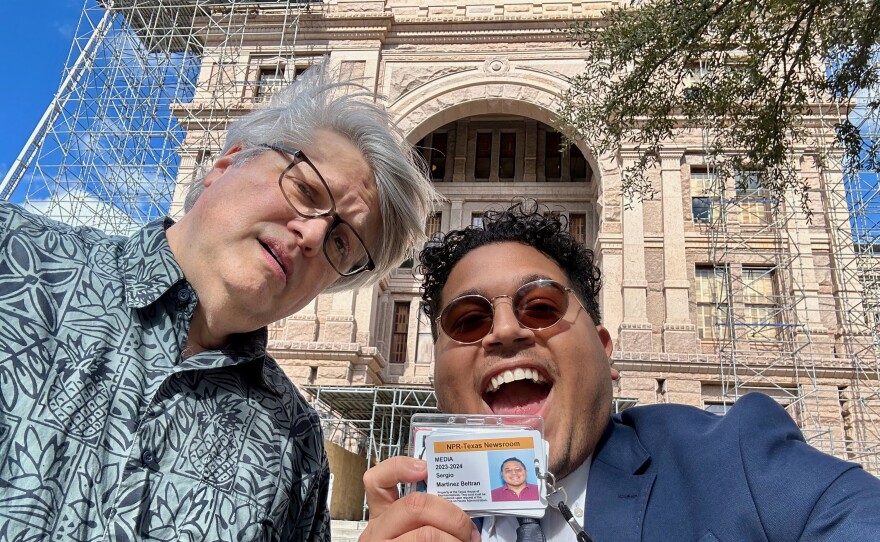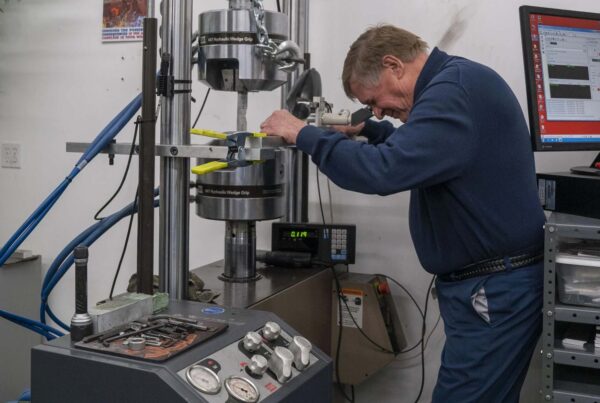From KUT:
Texas lawmakers just wrapped up the legislative session after thousands of hours of debating over thousands of bills — all in just 140 days. And as you may or may not know, the state’s lawmakers meet just once every two years.
That’s right: Lawmakers from the second-largest state in the country and one of the largest economies in the world — with billions of dollars flowing from the Capitol — meet for 140 days every two years. How in the world do they get enough work done to keep the state’s massive engine running?
Denise Gordon, an Army veteran who advocates for veteran rights issues, questioned whether it makes any sense. So she asked our ATXplained project about it.
To answer her, we have to go back to 1846, when lawmakers started meeting.
“There were not a lot of people interested in traveling far to come to Austin to be in the Legislature,” Nancy Baker Jones, president of the Ruthe Winegarten Memorial Foundation for Texas Women’s History, said. “As time moved on there was interest in meeting more often, but it never became a priority.”
Then there was the Civil War. And after that, Reconstruction, which established military rule over Texas and other Confederate states until a new government could be formed. Because of all that, Baker Jones said, lawmakers were not as interested in frequent meetings in Austin because they had other things to do — like literally rebuilding their homes, their towns and all of Texas.

Ben Philpott, KUT’s former political reporter, takes the Texas Newsroom’s Sergio Martínez-Beltrán on a tour of the state Capitol before the start of the 88th legislative session.
An anti-government feeling
But why hasn’t it changed in the decades since? Baker Jones said the state’s post-Civil War mood against big government hasn’t really changed.
“I think that as much as there is now, there was a kind of — I don’t know if it’s an anti-government feeling — but a need for less structure or less imposition of rules and regulations and laws on ordinary people,” she said.
That anti-government feeling led to one really big part of the legislative structure: part-time lawmakers. State lawmakers currently get about $600 a month, and that limits who can even try to hold office. Being able to serve for 140 days straight means having a nice, stable, flexible, well-paying job back home.
That whole not-being-paid and needing-to-be-away-for-140-days requirement has historically limited women from running to office, Baker Jones said.
“Because they still tend to earn less money than men do,” she said, “and because they still tend to have the primary responsibilities in the home.”
A big idea for Texas
To recap: The Legislature started by meeting every two years. The state’s giant size and lack of today’s modern speedy transportation made it difficult to make the trip to Austin. The state pays lawmakers only $600 a month.
And nobody really wants to change that?
Well, not nobody. Almost every legislative session someone will grumble about the 140-days-every-two-years schedule. It’s usually a state rep or state senator who just knows that everything would be better if lawmakers just had more time. Back in 2009 it was one very shy lawmaker, a man who always avoided the limelight, who proposed the idea to move Texas forward. Maybe you’ve heard of him? Dan Patrick.
Yes, back in 2009, then-state Sen. Dan Patrick posed the idea.
“We cannot, in my opinion, do the job that Texas deserves to be done by showing up every other year,” Patrick said as part of a KUT/Texas Monthly special on Big Ideas for Texas.
When KUT talked to him way back then he said it’s simple: Texas is too big to just meet every two years for 140 days.
“If we were designing the system today, out of scratch, this is not how we would do it,” he said.
So of course now that Dan Patrick is lieutenant governor and has real power over the legislative process, he’s pushed to pass laws and constitutional amendments that would make his Big Idea back in 2009 a reality, right?
Actually, no. In fact, when KUT reached out to his office to ask for an interview, or if staff could just tell us if he still thinks state lawmakers need more time on the job, we didn’t get a response.
So why the change? Here’s one possibility: Patrick had his big idea to make the legislative session longer when he was a senator. Longer sessions give lawmakers more time to get bills passed, meaning they have more power to get things done. But now he’s the lieutenant governor, a position that’s a gatekeeper over what does and doesn’t make it to the governor’s desk. Add more days in the session, or add more legislative session, and you’re adding opportunities to pass something. And Patrick, the gatekeeper, loses some of his power.
Funding locked in
Now let’s try to answer the big question in this once-every-two-year sage: Is Texas missing out? Is the Lone Star State making a mistake by meeting for only 140 days every two years?
Budget analyst Eva deLuna Castro says, yes, she thinks the state is missing out — or even falling behind — on how it funds services, because it sets how much money everything gets only once every two years. For example, look at the basic allotment for public schools, which is how much money they get per student.
“In 2019 — so we’re talking four years ago — that’s the last time that the Legislature OK’d an increase in what’s called the basic allotment,” deLuna Castro said.
Right now, that’s about $6,000 per student. So $6,000 in 2019, the same amount in 2020, the same amount the next year and the next. That brings us to 2023. Lawmakers didn’t increase the basic allotment during the just ended regular session, although they could do it during an expected special session on education in coming months.
“That is what schools will still get today and still get in the school year 2024-25 unless the Legislature does something,” deLuna Castro said. “So again six years of inflation going by and nothing happening in response to it is, in effect, like a 20% cut to schools.”
Because again, a two-year budget means the amount an agency gets to spend doesn’t change for two years. And a lot can happen in two years. But with the funding locked in, agencies often don’t have the money they need to address things like dramatic inflation or supply chain issues. They can’t pay any more until lawmakers come back to Austin.
But deLuna Castro does admit the fact that the state budget is basically set in stone for two years, instead of one, can be a benefit. In 2020, the pandemic made it look like the economy was going to crash.
“The sales tax is plummeting,” deLuna Castro said. And if state lawmakers had needed to balance a one-year budget “for the fiscal year that ends at the end of August 2020, you need to figure out a way to cut $11 billion.”
But because it was a two-year budget that didn’t end until August 2021, the Legislature didn’t have to immediately cut anything. Lawmakers sat back, and a few months into the pandemic, the federal government started sending COVID relief money to states. That money filled the hole in the Texas budget. By the spring of 2021, when the next two-year budget was being written, the economy had begun to bounce back.
DeLuna Castro also said the Texas Legislature is just simply used to doing this every-two-year dance. And changing to an every-year thing could really upset the balance.
The devil you know
Let’s go back to our question with Denise Gordon: Why does the Texas Legislature meet only once every two years and for only 140 days? Well, it was the way things were set up at the beginning of Texas, when giant distances and slow travel made it hard to get to Austin and hard to stay long before needing to head back to the family business.
A distrust of government after the Civil War reinforced the idea of limited government. And now, while some people still grumble about it, this is the system people are used to. They know how to navigate it, and maybe it would create more problems than solutions if it were changed.















